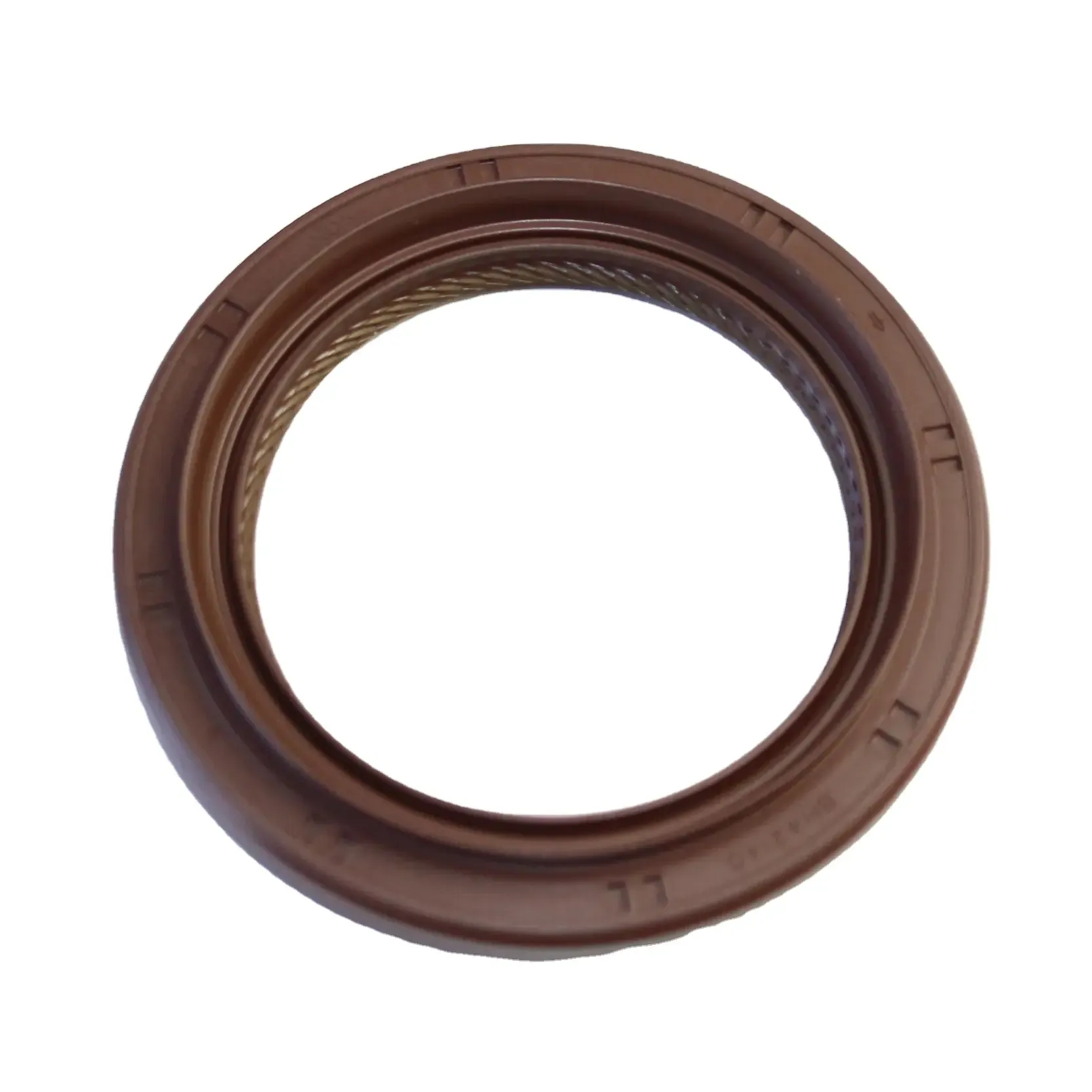transmission oil pan gasket
Understanding the Importance of Transmission Oil Pan Gaskets
When it comes to the functioning and longevity of a vehicle's transmission system, many components play crucial roles. One of the lesser-known but essential parts is the transmission oil pan gasket. This component is often overlooked by car owners and drivers, yet it plays a pivotal role in ensuring that the transmission operates smoothly and efficiently.
What is a Transmission Oil Pan Gasket?
The transmission oil pan gasket is a sealing component that sits between the transmission oil pan and the transmission case. Its primary function is to prevent transmission fluid leaks. Transmission fluid is critical for lubrication, cooling, and optimal performance of the transmission components. Without this fluid, the transmission system can suffer significant damage, leading to costly repairs and replacements.
How Does It Work?
The gasket is typically made from rubber, silicone, or cork materials that can withstand high temperatures and pressure. When the transmission is functioning, the fluid flows through various parts of the system, including the oil pan. The oil pan collects the fluid, and the gasket ensures a tight seal, preventing any leaks. If the gasket is compromised due to wear and tear, environmental factors, or installation issues, it can lead to fluid leakage, which can severely impact the transmission’s performance.
Signs of a Failing Transmission Oil Pan Gasket
Recognizing the signs of a failing transmission oil pan gasket can save you from extensive damage and high repair costs. Common symptoms include
1. Fluid Leaks The most apparent sign is the presence of reddish or brownish fluid pooling underneath the vehicle where it is parked. This indicates that the gasket may be failing and allowing fluid to escape.
transmission oil pan gasket

2. Slipping Transmission If you notice your vehicle's transmission slipping during acceleration or experiencing difficulty in shifting gears, it could be due to inadequate fluid levels caused by leaks.
3. Warning Lights Some vehicles are equipped with sensors that will trigger a warning light on the dashboard if the transmission fluid is low due to a leak.
4. Dirty Fluid If you check the transmission fluid and find it dirty or contaminated, it may be a sign that the gasket is failing, leading to the introduction of dirt into the system.
Maintenance and Replacement
Regular maintenance of your vehicle’s transmission system is crucial for longevity. It is advisable to check the transmission fluid levels periodically and look for any signs of leaks. If you suspect that the oil pan gasket is failing, it is essential to have it inspected and, if necessary, replaced by a qualified mechanic.
Replacing a transmission oil pan gasket typically involves draining the transmission fluid, removing the oil pan, cleaning the surface, and installing a new gasket before reassembling everything. This process, while not extremely complicated, should be performed by a professional to ensure it is done correctly.
Conclusion
In summary, the transmission oil pan gasket is a small yet vital component that helps to maintain the overall health of your vehicle’s transmission system. Awareness of its function, signs of failure, and the importance of regular maintenance can help you prevent potential problems and ensure that your vehicle operates at its best for years to come. Keeping an eye on your transmission oil pan gasket is an essential part of responsible car ownership, contributing to both performance and safety on the road.
-
The Ultimate Guide to Car Repair Kits: Tools and Essentials Every Driver Should Own
News Aug.01,2025
-
The Complete Guide to Oil Pan Gaskets: Sealing Engine Leaks the Right Way
News Aug.01,2025
-
Preventing Oil Leaks: A Complete Guide to Oil Pan Gaskets and Drain Seals
News Aug.01,2025
-
Everything You Need to Know About Oil Pan Gaskets and Drain Plug Seals
News Aug.01,2025
-
Essential for Car Owners: How to Use a Car Repair Kit to Deal with Minor Breakdown
News Aug.01,2025
-
Comprehensive Guide to Engine Oil Sump Gaskets and Related Seals
News Aug.01,2025
-
The Ultimate Guide to Boat Propeller Bearings and Trailer Wheel Bearings
News Jul.31,2025
Products categories















